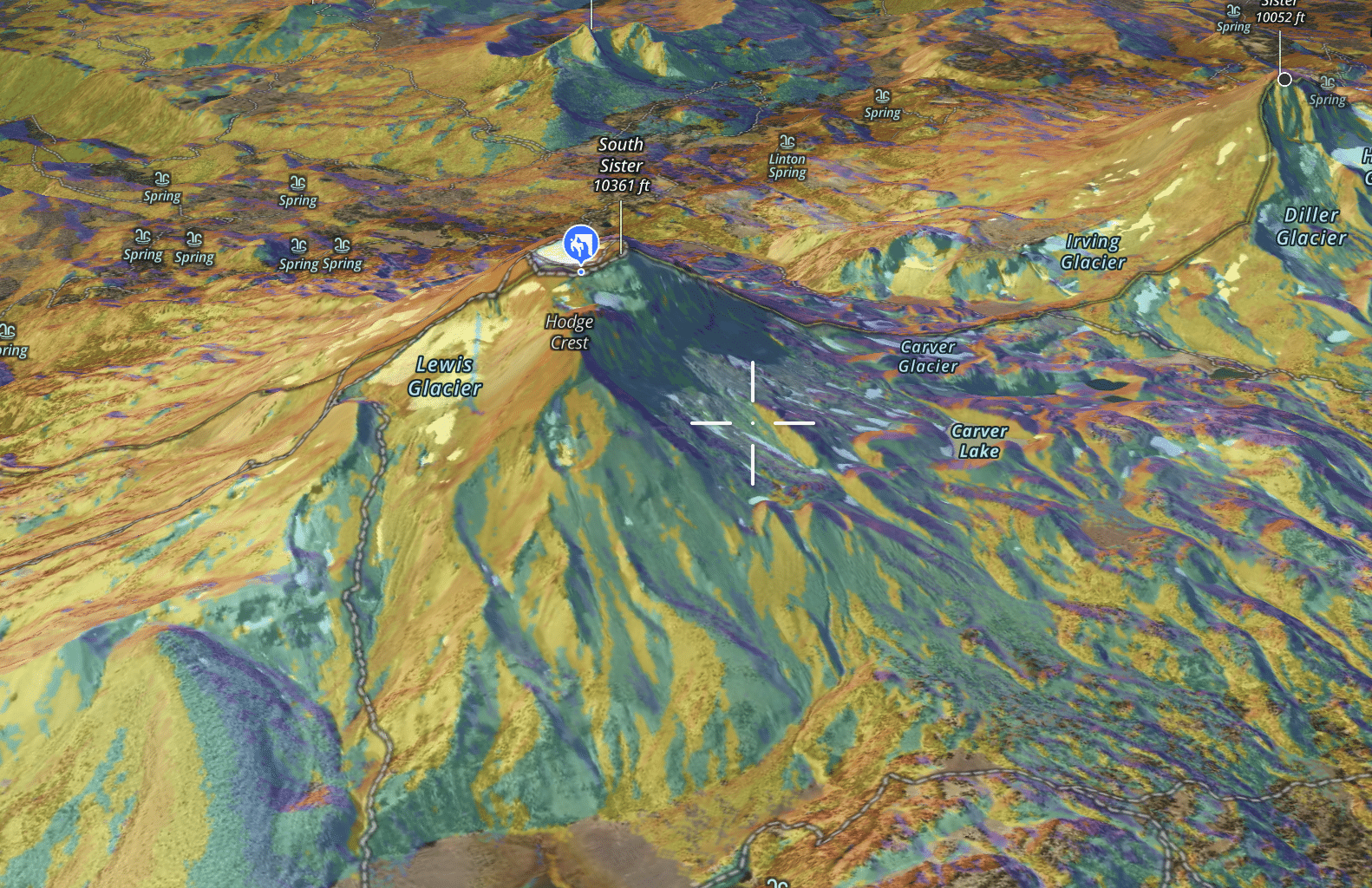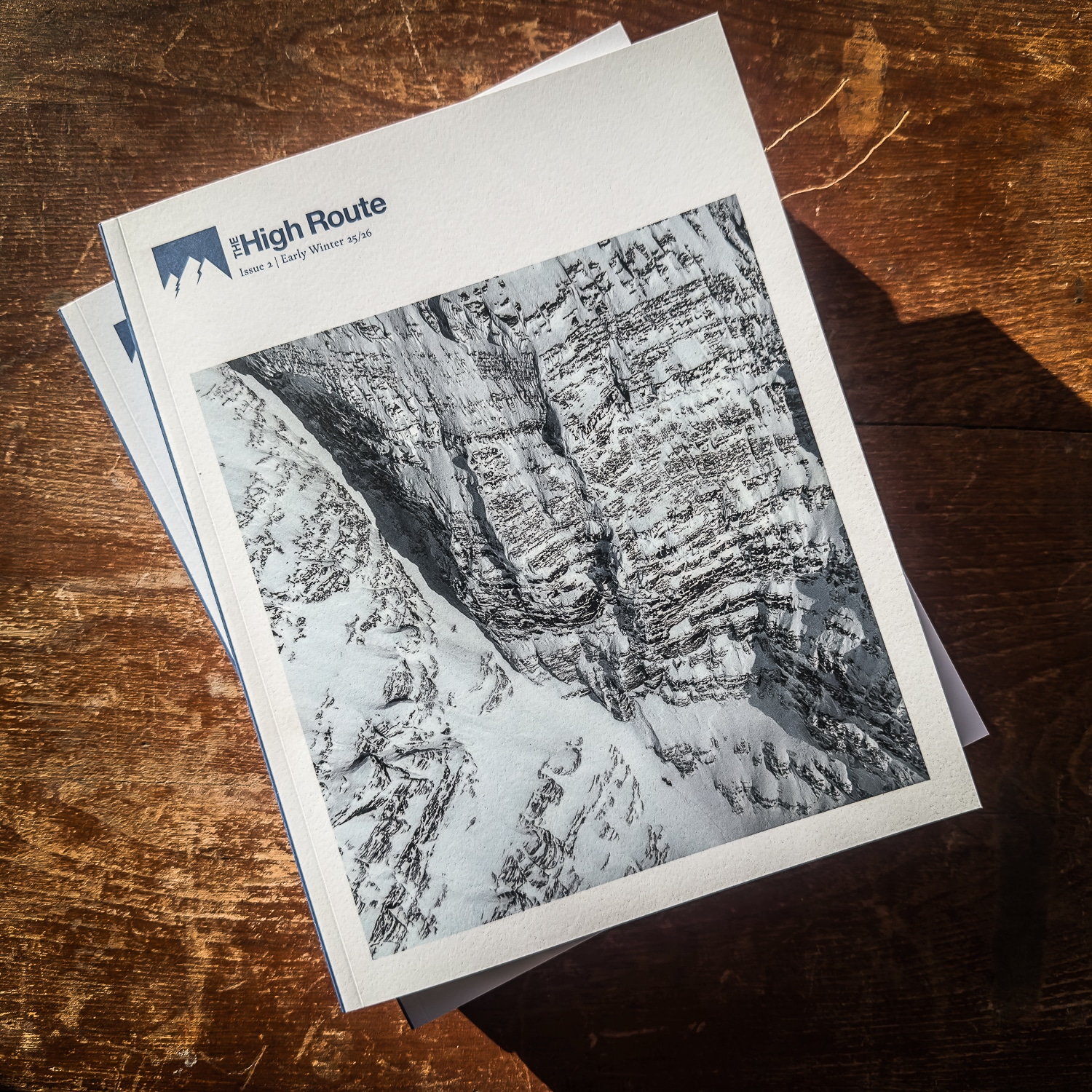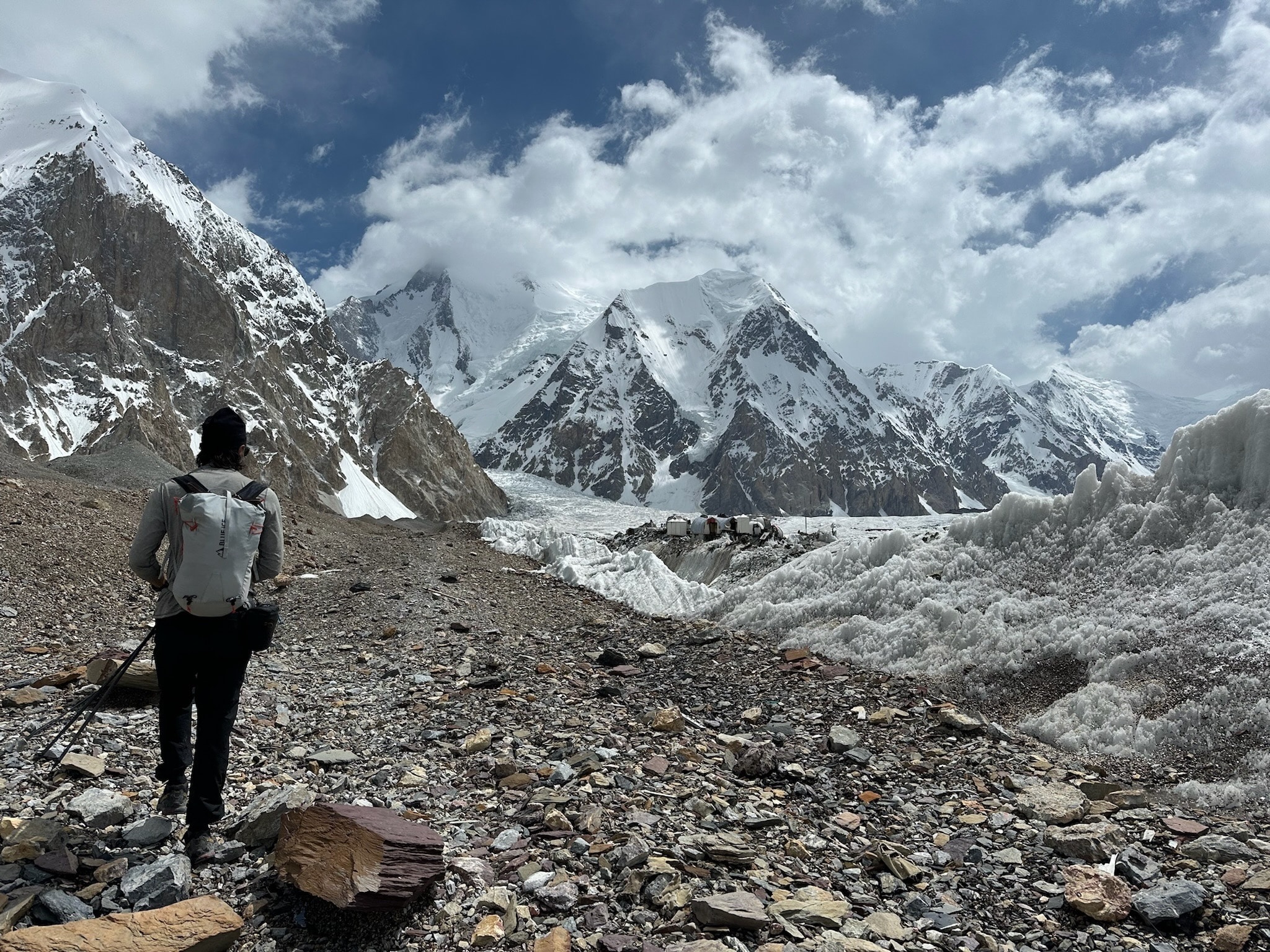A commonality amongst backcountry enthusiasts is seeking out and sliding down high-quality snow. Although many variables are in play to differentiate high from low-quality snow, and medicare snow, too, sun exposure is critical. Physics dictates that snow exposed to the sun’s radiant energy will (in most cases) begin to melt. Some things to keep in mind are the intensity of the solar radiation, the snow’s albedo (how much of that light, energy, is reflected back into the atmosphere by the snow), wind, ground temps, cloud cover, and humidity. That is a lot to consider if the main objective is to simply find good snow. Which, in this case, means powder snow or corn snow.
In winter, generally, we seek powder snow during and shortly after storm cycles. In spring, and sometimes in winter—when southerly facing slopes and warm, clear windless days grant some corn—the day’s objectives often mean ascending on firm, easy-to-travel-up snow and timing the descent for when the snow surface has melted to just so affording a soft and creamy surface to make turns on.
As this is a Backcountry 101 article, we will be reductionist. So let’s focus on sun exposure. To simplify, for powder snow, we often want slopes that trend north. These slopes are less exposed to direct sun in winter. Oftentimes, during the shortest days of the year, they remain shaded all day.






Leave a Reply
You must be logged in to post a comment.